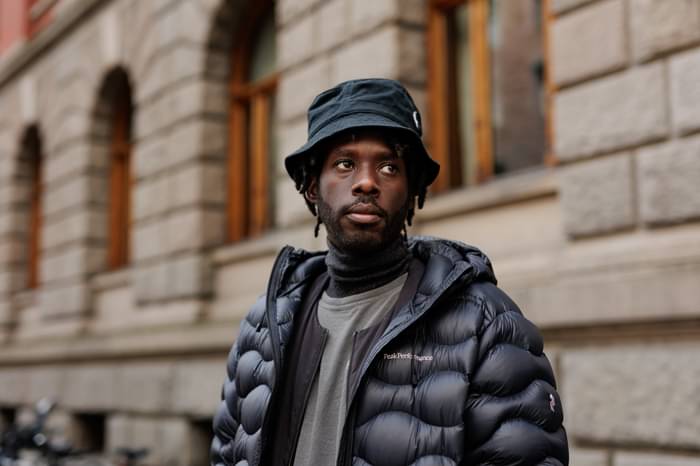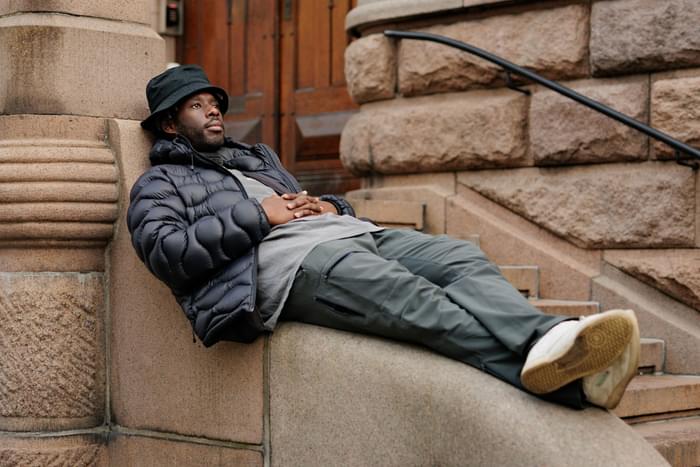
WIP Do you want to start off with telling us a little bit about yourself and your background?
JLI I’m Jelsen Lee Innocent. I am an artist, visual artist, creative director, designer. My comeuppance was, or is, graphic design in the ad world. I’m from New York, and I moved to Norway about four years ago for the best possible reason – family.
WIP What’s the biggest difference working in the US versus Norway?
JLI I can’t say I’ve had much experience working here. I’ve had some key experiences which made it clear that my cultural approach, temperament and demeanour were in conflict with the status quo in Norway regarding work environments, and their values and just how people seem to communicate here. I think we’ll talk a bit about certain experiences. But yeah, there are many differences, and depending on what you’re looking for.
I didn’t come to Norway to work; I came here to co-parent my little baby boy. That allowed me the privilege to be highly selective. I don’t need to be in any space if it doesn’t fulfill me, or it doesn’t speak to me in a way that’s relevant to what I value. I can opt-out and work internationally.
WIP So what’s your school background?
JLI I went to college and at first my major was business. I wanted to get a master’s in business administration; that was kind of ‘my thing‘ – but, I didn’t know much about it; I just thought everything’s business one way or the other?. I used to draw all the time, and I was always into aesthetics or form; whether it was furniture, surface material, construction or whatever, I was always attracted to it.
I figured, whatever my hobby is, I can apply it as a business, I started towards a Masters in business administration. After the first semester, i realized – nope! I was actually a pretty good student then, but my classes and environment were full of, you know, ‘business people’. Dudes and gals that wanted to be the ‘head of financial institutions’ and shit. We culturally do not mix and didn’t hang out with each other. I thought, wait, if this is class, imagine what a career would look like?! I knew this was not for me.
Then I started getting into graphic design. I went to a school in Miami called Miami Ad School. I kept seeing this term Art Director in magazines, so I just started calling Art Directors up without knowing exactly what they did, asking, “What do you do? How do you do it? Where do you go to school for it?” I called three or four of them, and two recommended Miami Ad School. So I applied, got in and still didn’t really know what art direction was when I was in the school.
